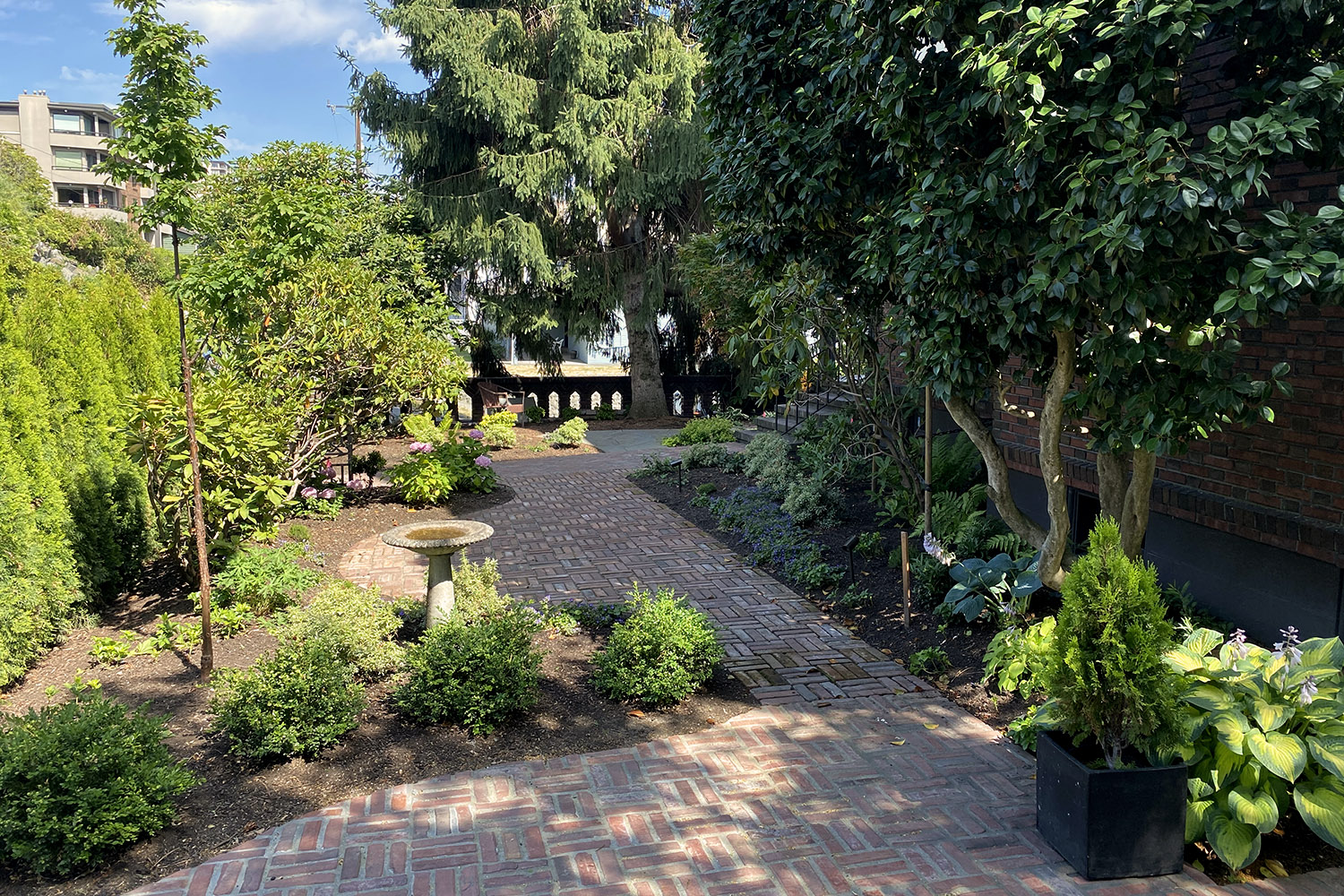TREE PRUNING
January 2025
January is the perfect time to break out your garden shears and prune your trees! Before you get started, make sure your tools’ blades are sharp and sterile and double check to make sure no birds or animals have an active nest in the area you’ll be working. In winter, this is unlikely, making it an ideal time to do the work.
The top reasons to prune a tree is to improve its health by removing dead, damaged, or diseased branches, improve its overall form, increase light to surrounding areas and improve access around the tree.
When removing dead, damaged, or diseased branches, look for branches that may be decaying or visibly damaged from a storm. Another good candidate for branch removal is crossing branches, in other words branches that are actively rubbing against one another. When pruning to improve the overall shape of the tree, prune any branches that are dramatically longer than the rest of the canopy form. You may wish to reveal more of the trunk and will need to thin the outer canopy. Never prune the central leader of a tree which is a continuation of the trunk. If your flower beds or lawn are getting too shady or your patio needs more sunlight, you may strategically remove branches to increase light to certain parts of your yard. If low branches are blocking access to pathways, driveways, or roads, you should consider removing them in a process called “limbing up”. Several jurisdictions have regulations regarding minimum clearance below branches for public sidewalks and roads. In addition, it’s a good idea to keep branches from touching roofs, building siding or fences.
After deciding which trees and branches you want pruned, it’s a good idea to verify the best time to prune those trees. Most deciduous trees are safe to prune in the winter. Oak trees should ONLY be pruned in the winter when they are the least susceptible to disease. Conifers are best pruned in spring or summer. When you prune your conifers, precision and shape are crucial. Conifers can be unforgiving when it comes to pruning because they do not re-sprout on old wood. If you cut off where all the green needles are (new wood), you will forever be left with that hole, and it will not grow back thick and green like broad-leaf shrubs and trees.
With these words of wisdom regarding pruning and timing, we at Clement Walsh Landscape Architect, Inc wish you good luck and happy pruning!
 |
